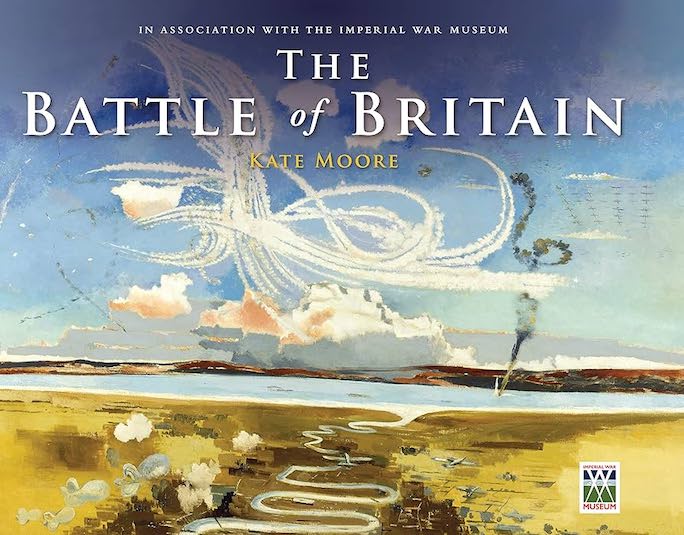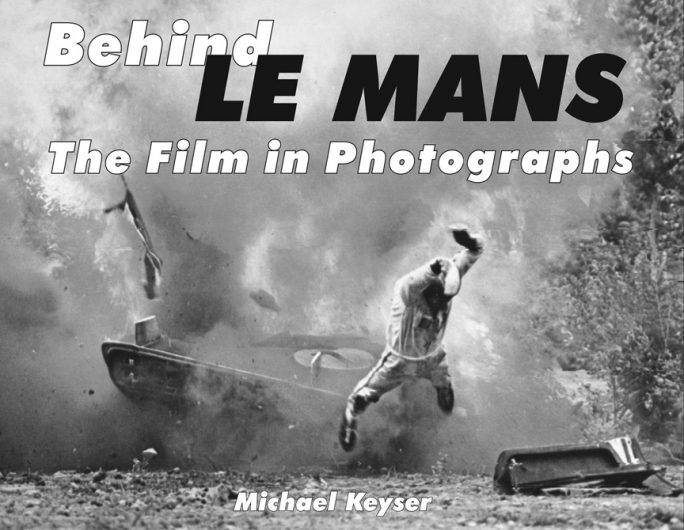The Battle of Britain
by Kate Moore

You could go broke buying every single book about the Battle of Britain, and blind reading them all. This one is easy on the wallet, easy on they eyes, and a well-rounded overview. Published just in time for the 70th anniversary of the beginning of the battle in the summer of 1940, the book’s particular appeal lies in the sensitive weaving together of individual human voices and the maelstrom of history.
Already as a university student did Moore apply her mind to the Battle of Britain and wrote her final thesis on it. Now on the editorial staff at Osprey, the publisher of this work, she revisits the subject once more in this her first book. Of note, the Imperial War Museum in London is associated with this project and its vast archives yielded many heretofore unknown or certainly unpublished sources such as private letters, logs, diaries, and photos.
World War Two’s Battle of Britain was the first major campaign in which the decisive factor was aerial warfare, both in terms of plane-on-plane actions and aerial bombing. Therefore the book’s focus is on the origins, developments, tactics, equipment, and personnel of the opposing air forces, German and British. Some reference is made to non-British personnel in the RAF (per the RAF Roll of Honour 574 pilots from at least 13 different nations flew at least one operational sortie alongside the 2353 British flyers) but it is not comprehensive and there is none to other Axis powers, namely the Corpo Aereo Italiano which saw limited action, and success, in the latter stages of the battle.
While the book is, for lack of a better word, impartial in its treatment of known fact, it would not be wrong to say—entirely without criticism—that it is written with the particular sensibility of the attacked. In other words, the aforementioned human dimension is entirely that of the British, military and civilian.
After describing the arc of Winston Churchill’s political career from prominence to fall from grace (because many took his hawkish position for warmongering) to triumphant reemergence (after being proven right), Moore examines the aviation-specific lessons learned from World War One, the Battle of France and the Spanish Civil War, as well as the wrangling inside the British military and the philosophical divide between Bomber Command and Fighter Command. From the invention of radar and the Enigma machine to the role of the WAAF and ATA to key strategic decisions and “Fighting Area Tactics”, every item of relevance to the topic is described. Each air force is presented separately and in like manner: origin, equipment, recruitment training, etc. Sidebars contain extensive bios of key military figures on both sides; the RAF’s Air Chief Marshall Hugh Dowding gets a largely sympathetic read. Printed on landscape-format paper the many and generously sized photographs are complemented by contemporary art and propaganda posters, maps, and diagrams. Photos from the Imperial War Museum (as well as the German Bundesarchiv) list their IWM catalog number which will make it easy for anyone searching the over 8 million photos at the IWM online or in person to locate them and their related series (most images are available for purchase). Numerous first-hand accounts, in the form of quotes or facsimiles, personalize what could otherwise easily be a sterile story.
A closing remark is noteworthy: “The British had not won the Battle. . . . Rather they had proved conclusively that it could not be won by the Luftwaffe.”
Chapter notes are located at the back of the book, as are several Appendices of tables listing British force strength, aircraft production, losses, battle order, and German losses. A fairly lengthy Bibliography lists both unpublished and published sources. Decent Index.
Copyright 2010, Sabu Advani (speedreaders.info)



 RSS Feed - Comments
RSS Feed - Comments






































































 Phone / Mail / Email
Phone / Mail / Email RSS Feed
RSS Feed Facebook
Facebook Twitter
Twitter